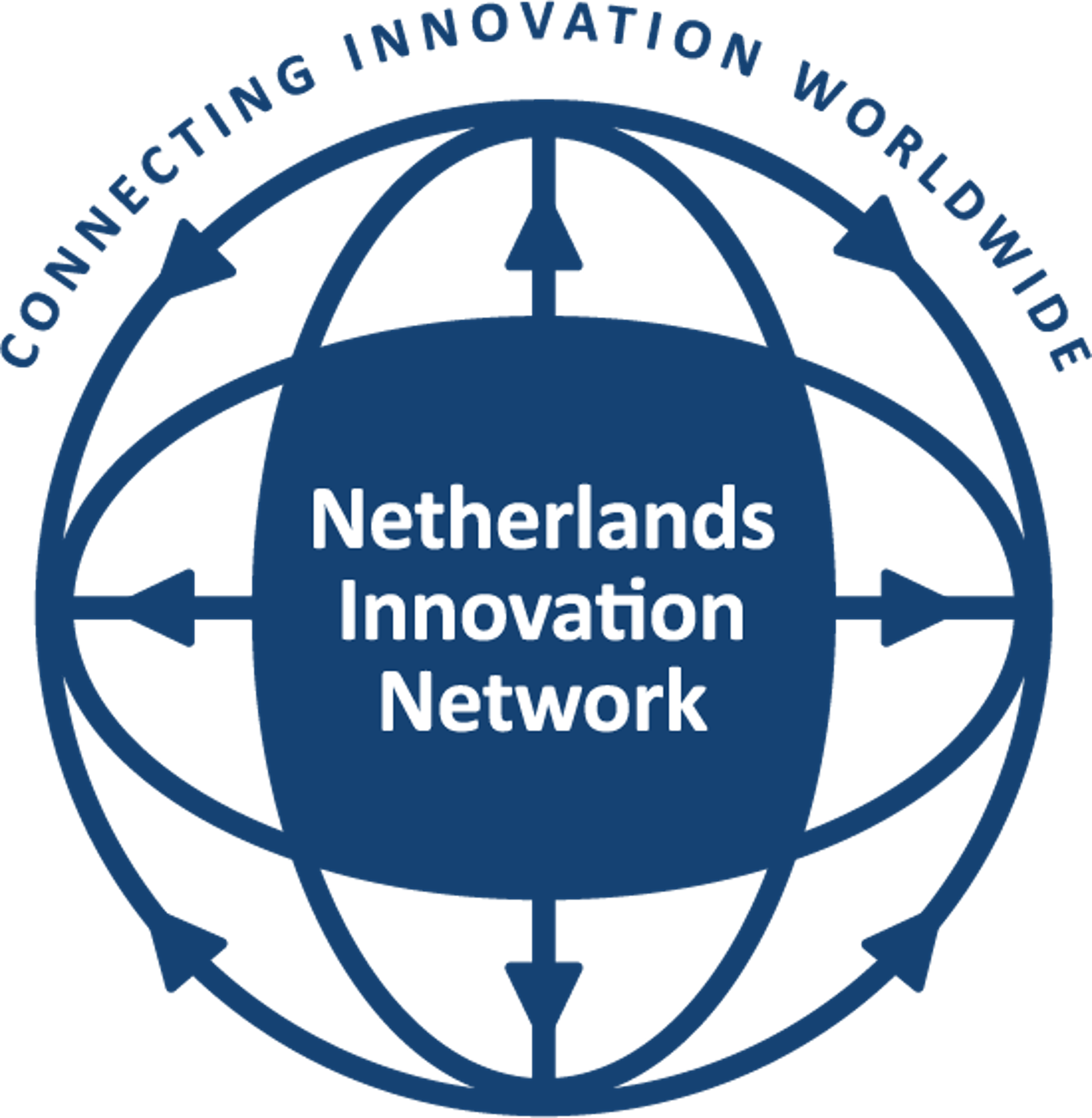China’s economy is expanding at its slowest pace in more than two decades. Among the main reasons are less industrial production and less investments. Innovation becomes essential to continue economic growth and facilitate a new earning model (from production to more innovation based). Recently Elsevier published a paper (of JianCheng Guan and Richard C.M. Yam) about the effects of Chinese government financial incentives on firms’ innovation performance during the nation’s initial economic transition period in the mid-1990s. The results of this investigation shed an interesting light on government stimulation of innovation.
Through an empirical survey among more than 1000 Chinese manufacturing firms, the empirical evidences show that the major part of the financial incentives of Chinese governments positively influence the innovative economic performance of the surveyed companies. However, the financial incentives did not play any role in enhancing technological progress of these firms. The findings also suggest the Chinese governments should shift more attention to Tax Credits, Special Loans, and direct competitive research funds in its subsequent financial incentives on innovation. Direct Earmarks provided ineffective and even negative results.
The study results imply that the Chinese government should further increase the role of market force in its reforms. A more market driven model by developing more Science and Technology initiatives to match the strategic directions of different enterprises, particularly SOEs, is recommended.
Definitions
Direct Earmarks: Partial or even full financial support from the government (for innovative projects) without payback
Special Loans: Partial or even full financial support through government loans (meant for technology improvement and R&D development under priority and special emphasis from the government)
Tax Credits: Tax exemption or reductions for innovative projects (normally for a period of three years after the products have been successfully introduced to the market)
